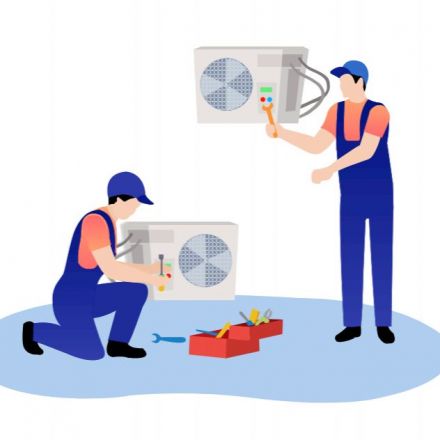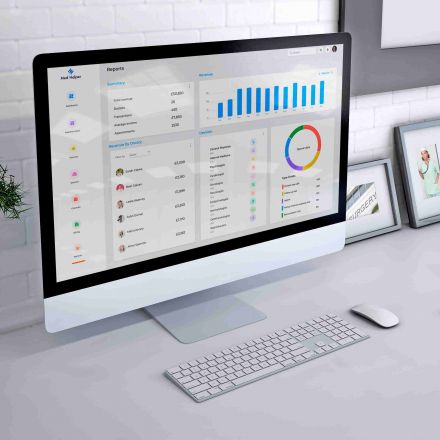How Companies Can Increase Inspection Effectiveness
Inspection effectiveness is the main thing in the productive activities in the company. Read in detail about how companies can increase their inspection effectiveness.
-
Inspection function strengthens the quality of any process. While many companies perform the inspection activities to validate the quality of work, often it is treated as a side-kick to the “productive” activities. In recent times, efforts to maintain regulatory compliance and deliver exceptional customer experience have been increased.
Inspections that are field-oriented require such efforts on a higher level than usual because the entire validation of the jobs done in remote sites and tracking of activities with pre and post-service condition status form a complex process in itself. That makes companies turned to digital tools such as site inspection software for enhanced capabilities and visibility into the process.
Mostly companies in asset-intensive industries use inspection app tools to validate the work of field service representatives and check the health of systems and components. These tools enhance the capabilities of field service managers in inventory management, field service scheduling and dispatching, and data-driven decision-making. With these capabilities, the operations manager can improve the inspection and validation process to increase accountability and transparency. Here take a detailed look at how companies can improve inspection and validation of the tasks performed while increasing the effectiveness of the process.
Define the Expected Quality Level
Across the industries, tasks performed are inspected with the rationale that inspection enhances the quality of the tasks and determine accountability. It is true to a certain level when the inspection process is designed to fulfil the essential requirements for the validation of work and accountability. For example, when the inspector reaches the location, he should have complete knowledge of pre-condition status of the tasks and the expected or defined “quality” level that is needed to be achieved after maintenance. Until the inspector has such information in fingertips, how can he validate the tasks performed?
The next step is to fix accountability, which must be assessed on both individual and team aspects. The first is to analyze the performance factors of the individual and second is to evaluate the strategies and decision-making capabilities to figure out contributing factors behind reaching or not reaching the expected “quality” level. For all of these to be done, companies must define the expected quality level and empower the inspection team with new-age inspection software or tools to access information instantly.
Set Metrics for Overall Inspection Effectiveness (OIE)
Well, the job of the inspector is to validate the tasks done and provide unbiased information of the system or component of the function, plant, or team. But how can a company ensure that inspection as a task in itself is being performed efficiently and is meeting its objective? Or say how effective has been the inspection process for the organization?
In order to evaluate the effectiveness of the inspection, companies are required to set metrics such as the number of scheduled inspections vs. number of inspection performed, the percentage of problems found and resolved before the failure of the system, and the percentage of inspection-led work that reduced the rework in a specified timeframe.
When companies have such metrics in place, it becomes easier for them to evaluate the effectiveness of the inspection and determine the ways it brings value to the organization. If you take a closer look at the metrics, you will find that the planning and execution of the inspection process plays a crucial role in its effectiveness. This is true in most cases and thus companies strengthen the monitoring process of the inspection to determine the effectiveness.
Wrapping Up
Properly planned and executed inspections can enable companies to reduce maintenance management cost and increase process efficiency. However, as the systems in itself are getting advanced, companies need well-designed tools to manage the planning, scheduling, and execution required to complete the inspection process.





























Join the Discussion